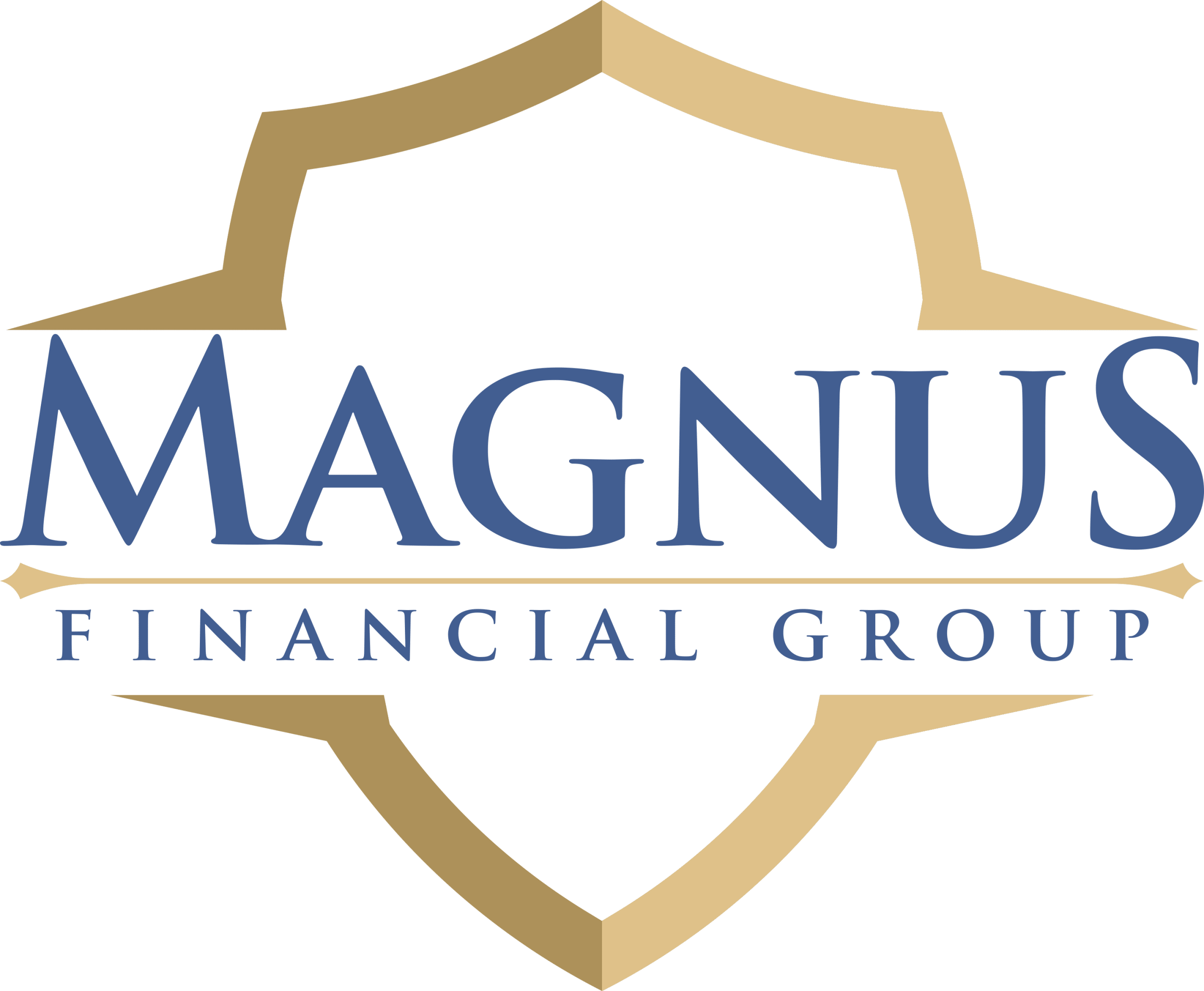
Like the idea of diversifying beyond U.S. stocks and bonds? Investors can (and should) invest in foreign developed countries — but investors willing to take on a little extra risk can sometimes earn oversize returns in smaller emerging markets.
So how can Americans invest in emerging markets?
“I recommend buying an [exchange-traded fund, or] ETF, that focuses on the country or region you want to be in, or emerging markets as a whole,” said Paul Gabrail, host of the “Everything Money” show. “This takes the pressure off having to pick individual companies or even countries.”
Emerging market bonds can also offer strong returns. Franck Bekaert, senior bond analyst at Gimme Credit, explained why he likes them right now: “If the Fed and European Central Bank continue to lower interest rates and Treasury yields, emerging market credit bonds are likely to perform well. Lower interest rates encourage new investment flows into risk assets, which will benefit emerging bond markets. Additionally, emerging market credit bond issuers have already refinanced a significant portion of their debt, meaning the supply of new bonds in 2025 is expected to be low.”
Read Next: 3 Undervalued Stocks To Buy Before 2025, According to Experts
Learn More: 9 Things You Must Do To Grow Your Wealth in 2024
But that raises another question: What specific countries should investors consider? Here are seven emerging markets experts advise investing in.
Trending Now: Suze Orman’s Secret to a Wealthy Retirement–Have You Made This Money Move?
India
Usha Haley, Ph.D., chair in international business at the Barton School of Business at Wichita State University, shared her criteria for choosing emerging markets. “I look at democratic countries with large middle classes and reasonably stable governments, as well as free presses, so we have varied and diverse sources of information,” she said.
With that in mind, Haley recommended two markets. “I generally recommend India or Vietnam because of sound fundamentals, high predicted growth in the next five years and myriad supply-chain linkages. India, especially, has an economy relatively independent of China,” she explained.
Sharon Hayut, managing director of Magnus Financial Group, also pointed to India first and foremost.
“The IMF predicts India will become the world’s third-largest economy by 2027, growing at 6.1% over five years. The growing working-age population, the Production-Linked Incentives boosting manufacturing and exports, and the investment in infrastructure development and renewable energy growth are contributing to India’s post-pandemic surge and should continue as India becomes the world’s third-largest economy within the next five years,” she said. “Sectors to watch include electronic manufacturing, power, infrastructure, IT and commerce.”
Check Out: Suze Orman: 3 Biggest Mistakes You Can Make as an Investor
Vietnam
Haley isn’t the only expert who likes Vietnam as an emerging market.
“India and Vietnam have emerged as clear front-runners poised for economic growth,” explained Said Israilov, CFP, a financial planner and wealth advisor at Israilov Financial. “These economies stand to benefit from the global trend of supply chain diversification away from China, a shift that has accelerated in recent years.”
And Vietnam specifically is a market to keep an eye on due to its manufacturing. “Vietnam has emerged as a regional manufacturing powerhouse. It enjoys a strategic location, low labor costs and business-friendly policies, attracting major manufacturers like Nike, Samsung, Apple, and other multinational tech companies and manufacturers,” he said.
Malaysia
Mihail Dobrinov, CFA, founder and CEO of Trimon Capital, pointed to demographics. It’s far easier to grow an economy when you have a young, vibrant workforce, rather than an aging population heavily dependent on state benefits.
“Over the coming years, countries like Malaysia, India, Indonesia, the Philippines and South Africa will benefit from young people joining the labor force and becoming consumers and savers. The best comparison here would be that to the U.S. in the 1960-1980 period, when the baby boomers were going through that same dynamic,” he said.
Dobrinov also pointed to stable institutions and economic policies as drivers of Malaysia’s growth in the coming years, along with a business-friendly tax structure.
Indonesia
Dobrinov likes Indonesia as well. “We believe that the winners in the economic growth race will be countries that can generate growth led by domestic demand. Those are Indonesia, India, Malaysia, China, the Philippines, Saudi Arabia and, to a lesser degree, Mexico.”
Dobrinov isn’t alone in that assessment. “Indonesia has a young population and a growing middle class, both of which boost consumer spending,” said Cliff Ambrose, wealth manager and founder of Apex Wealth.
Argentina
Dobrinov likes Argentina — but advised caution.
“Argentina is currently an interesting case, given the efforts of President Milei to reverse decades of economic mismanagement and put the economy on stable footing. Argentina has disappointed investors many times over the years, but if the current reforms do succeed, there should be a better growth path going forward for the country,” he said.
James Lee, founder of StratFI, also sees Argentina as a high-risk, high-reward market. “The hottest single-country ETF right now is the Global X MSCI Argentina ETF (ARGT), which is up 49% this year. We worry about unknown risks, but it is fascinating to watch Javier Milei enact dramatic government reforms,” he said.
Plus, in Argentina, years of soaring inflation made it extremely difficult to borrow a mortgage loan to buy real estate. That drove down property prices relative to rents, offering an opportunity for foreign cash buyers.
Turkey
Like Dobrinov, financial expert Melanie Musson of InsuranceProviders.com also highlighted demographic trends when looking at emerging markets. And she pointed to Turkey as an emerging market to watch.
“Turkey’s economy is flourishing right now, and the country’s demographics point to the long-term sustainability of growth. The boom of young adults pushes the economy forward and creates industrial development and technological advancements,” she said. “Turkey’s culture differs significantly from America’s, so this emerging market can add deeper diversity to your portfolio. The American dollar goes far in Turkey, making now an excellent time to start investing.”
China
“Don’t count China out,” said Alexander MacKnight, managing principal at Rimac Capital. “Although the political risk remains high, valuations are at multiyear bargain-basement levels, and there are still companies such as BYD that can fiercely compete on a global scale.”
MacKnight’s not the only analyst warning investors against discounting China. “China looks interesting to me due to all the negativity around it,” Gabrail said. “I own BABA shares because I think the fear has driven down [the] price more than fundamentals should have.”
No matter which emerging markets appeal to you, don’t put all your eggs in that basket. Emerging markets can offer steep growth — and sharp drops. Political uncertainty mixes with policy swings and volatile currencies, all of which create unpredictable economies.
Consider adding emerging markets into your investment mix, but keep them a small minority of your portfolio.
